 Anything With Nothing (Tales of Valdemar #17) by Mercedes Lackey
Anything With Nothing (Tales of Valdemar #17) by Mercedes Lackey Format: eARC
Source: supplied by publisher via NetGalley
Formats available: paperback, ebook
Genres: anthologies, epic fantasy, fantasy
Series: Tales of Valdemar #17, Valdemar (Publication order) #57
Pages: 368
Published by DAW on November 28, 2023
Purchasing Info: Author's Website, Publisher's Website, Amazon, Barnes & Noble, Kobo, Bookshop.org, Better World Books
Goodreads
This 17th anthology of short stories set in the beloved Valdemar high fantasy universe features tales by debut and established authors and a brand-new story from Mercedes Lackey.
The Heralds of Valdemar are the kingdom's ancient order of protectors. They are drawn from all across the land, from all walks of life, and at all ages—and all are Gifted with abilities beyond those of normal men and women. They are Mindspeakers, FarSeers, Empaths, ForeSeers, Firestarters, FarSpeakers, and more. These inborn talents—combined with training as emissaries, spies, judges, diplomats, scouts, counselors, warriors, and more—make them indispensable to their monarch and realm.
Sought and Chosen by mysterious horse-like Companions, they are bonded for life to these telepathic, enigmatic creatures. The Heralds of Valdemar and their Companions ride circuit throughout the kingdom, protecting the peace and, when necessary, defending their land and monarch.
Join a variety of authors as they ride with Mercedes Lackey to the beloved land of Valdemar and experience the many facets of this storied high fantasy realm.
My Review:
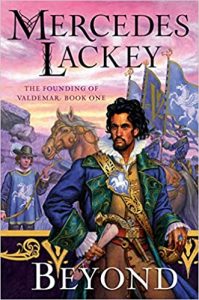 A huge part of the charm of the Valdemar series is that, after so many years of chronicles, the world is large in scope, both in geography and in history, and there are plenty of times and places in which to set stories about how it came to be, what makes it tick – and the times and places when, in spite of everyone’s best efforts – situations have gone off the rails.
A huge part of the charm of the Valdemar series is that, after so many years of chronicles, the world is large in scope, both in geography and in history, and there are plenty of times and places in which to set stories about how it came to be, what makes it tick – and the times and places when, in spite of everyone’s best efforts – situations have gone off the rails.
At the same time, it seems like a relatively livable place, allowing for stories where humans – with or without the help of magical, horse-like Companions – manage to fix what’s gone wrong or at least make a good stab at.
Or, when necessary, a good stab at whoever has done the wrong.
The stories in this SEVENTEENTH collection of Tales of Valdemar cast a wide net over Valdemar’s history, from not long after the Founding we’ve seen in the new Founding of Valdemar trilogy, all the way up to Selenay’s time, while geographically the stories spread across Valdemar and into the borderlands with Hardorn and Karse – if not just a bit over.
And it’s an absolute delight from beginning to end for anyone who has ever spent time in Valdemar, whether they’ve been visiting from the very beginning, back in Arrows of the Queen, just discovered Valdemar with the marvelous Founding of Valdemar trilogy (Beyond, Into the West, and the upcoming Valdemar) or who have dipped in here and there and then over the years.
Anything with Nothing, both the collection and the specific story by Lackey herself that closes out this collection, turned out to be the perfect way to get familiar with this world, once again, in preparation for discovering the final pieces of how Valdemar came to be in the soon-to-be-released book of the same title, Valdemar.
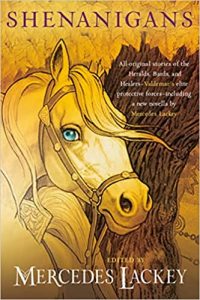 Escape Rating A-: The previous Tales of Valdemar collection, Shenanigans, featured stories that were all centered around the title theme, meaning that in one way or another they all featured tricks or pranks.
Escape Rating A-: The previous Tales of Valdemar collection, Shenanigans, featured stories that were all centered around the title theme, meaning that in one way or another they all featured tricks or pranks.
Likewise, the stories in this collection all center around the theme of making do or doing without, of persevering in the face of not having nearly enough. In other words, about creating pretty much anything out of not very much at all.
My favorite story in this collection is “Look to Your Houses” by Fiona Patton. It’s a slice of life story, as many of the stories in these collections often turn out to be, but in this case it’s the slice of a particular life, that of a City Guardhouse Sergeant caught between the rock of how things are supposed to be done and the hard place of how things actually get done when he’s forced to reconcile those two frequently opposing states of being in preparation for a new commander’s assignment to his station. The way that particular dilemma was handled, and the dichotomy between the rules and real life, gave me vibes of Sam Vimes and the City Watch in the Discworld. This story could have just as easily been part of the Discworld City Watch subseries and it would have fit right in.
My favorite purely Valdemar story turned out to be the title story, “Anything, with Nothing” by Mercedes Lackey, for the way that the town comes together, the way that Herald Tadeus steps up, the way that his Companion manages to insert her own bit of shenanigans AND the way that the mercenaries got completely flummoxed by a ‘Ghost Squad’ of well-led villagers and the instant communication that Companions make possible.
 Many of the stories in this collection take place either as magic was fading or after it was already gone. In other words, in the run up to the Last Herald Mage trilogy and in the centuries after of managing without the big, flashy magic gifts.
Many of the stories in this collection take place either as magic was fading or after it was already gone. In other words, in the run up to the Last Herald Mage trilogy and in the centuries after of managing without the big, flashy magic gifts.
Quite a few of the stories center around characters who, because of that lack of magic, have more than a bit of imposter syndrome, as Herald Tad does in “Anything, with Nothing”. Those stories include “In Memory’s Vault” by Kristin Schwengel, “Warp and Weft” by Diana Paxson, “Enough” by Louisa Swann, “Wooden Horses” by Rosemary Edghill, “Intrigue in Althor” by Jeanne Adams, and “Old Wounds” by Terry O’Brien.
Even though the purpose of the Companions is to help keep Valdemar on the straight and narrow, to keep it working for most of its people most of the time, humans are still gonna human, especially when they believe they are away from the eyes and eyes of the Companions and their Heralds.
Meaning that several stories focus on the problems that result when, as the old saying goes, “power corrupts and absolute power corrupts absolutely,” regardless of whether that power is ‘might makes right’ or ‘they who have the gold make the rules’ or the power of social opprobrium and the morality police.
Those stories include “Good Intentions” by Stephanie D. Shaver, “Beebalm and Bergamot” by Cat Rambo, and “What a Chosen Family Chooses” by Dee Shull.
There are also several stories about folks have either fallen into hard times or onto mean streets, both in Haven and outside it, or have otherwise been abused by the system in general, their fellow humans in particular, or a bit of both. “A Day’s Work” by Charlotte E. English and “Wooden Horses” by Rosemary Edghill are both particularly heartbreaking in this regard.
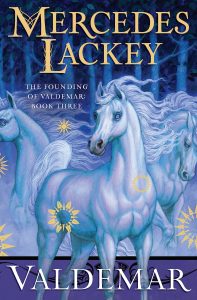 Last but not least, there are several marvelous stories in this collection that would have been equally at home in Never Too Old to Save the World, that marvelous collection of fantasy and SF stories that feature protagonists who become the ‘Chosen One’ in middle age or later. I particularly want to give a shoutout to four of these stories, “Needs Must When Evil Bides” by Jennifer Brozek, “What You Know How to See” by Dayle A. Dermatitis, “Warp and Weft” by Diana Paxson, and “Once a Bandit” by Brigid Collins.
Last but not least, there are several marvelous stories in this collection that would have been equally at home in Never Too Old to Save the World, that marvelous collection of fantasy and SF stories that feature protagonists who become the ‘Chosen One’ in middle age or later. I particularly want to give a shoutout to four of these stories, “Needs Must When Evil Bides” by Jennifer Brozek, “What You Know How to See” by Dayle A. Dermatitis, “Warp and Weft” by Diana Paxson, and “Once a Bandit” by Brigid Collins.
While I haven’t listed every story in this collection, I did absolutely enjoy them all. And I’m aware that I’ve mentioned a few of the stories more than once, which hopefully gives you the idea that I liked them a LOT, because I absolutely did – even the ones that went to the darkest places and broke my heart.
So, if you’ve missed Valdemar the place and are looking for something to tide you over until Valdemar the final book in the Founding of Valdemar trilogy comes out between Christmas and New Year’s, I highly recommend picking up Anything with Nothing to get you in the mood for that truly epic story coming SOON!

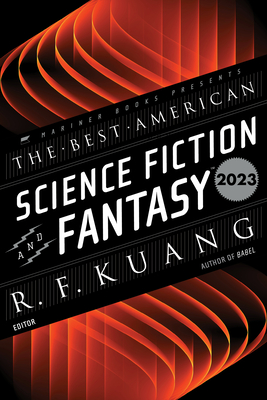 The Best American Science Fiction and Fantasy 2023 by
The Best American Science Fiction and Fantasy 2023 by 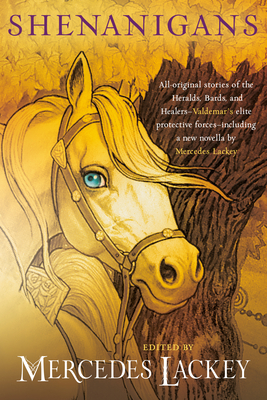 Shenanigans (Tales of Valdemar, #16) by
Shenanigans (Tales of Valdemar, #16) by  Last week’s
Last week’s 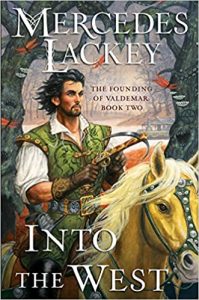 Last but not least there’s, Diana Paxson’s “One Trick Pony”, which mixes a bit of the bittersweet memory of heartbreak and the horrors of war into its story about a man who has found peace after grief and war by gardening, and the way that peace is invaded by a woman who reopens his heart and a newly born Companion who is learning the limits of their own power one prank at a time.
Last but not least there’s, Diana Paxson’s “One Trick Pony”, which mixes a bit of the bittersweet memory of heartbreak and the horrors of war into its story about a man who has found peace after grief and war by gardening, and the way that peace is invaded by a woman who reopens his heart and a newly born Companion who is learning the limits of their own power one prank at a time.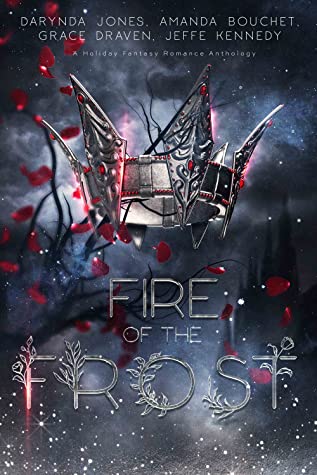 Fire of the Frost: A midwinter holiday fantasy romance anthology by
Fire of the Frost: A midwinter holiday fantasy romance anthology by  This holiday treat dropped into my lap this week and I couldn’t resist starting it immediately! Isn’t that what holiday treats are for? Immediate consumption for the yes! Especially as I’ve received earlier versions of this confection of a collection (
This holiday treat dropped into my lap this week and I couldn’t resist starting it immediately! Isn’t that what holiday treats are for? Immediate consumption for the yes! Especially as I’ve received earlier versions of this confection of a collection (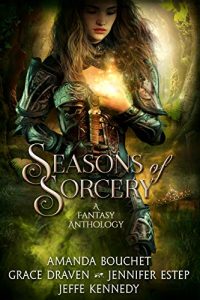 Of Fate and Fire by Amanda Bouchet was just plain fun, kind of in the way that the first Thor movie was fun. At points, literally in the way that the first Thor movie was fun, a fact that the heroine references more than once during the course of her whirlwind romance while running from bad guys story plays out. Although Piers of Thalyria, an exile from the world of the author’s
Of Fate and Fire by Amanda Bouchet was just plain fun, kind of in the way that the first Thor movie was fun. At points, literally in the way that the first Thor movie was fun, a fact that the heroine references more than once during the course of her whirlwind romance while running from bad guys story plays out. Although Piers of Thalyria, an exile from the world of the author’s  Escape Rating B+: This collection is always a lovely holiday treat. But like any collection, some stories hit the mark with this reader – or any other – while others aren’t quite as close to the bullseye.
Escape Rating B+: This collection is always a lovely holiday treat. But like any collection, some stories hit the mark with this reader – or any other – while others aren’t quite as close to the bullseye.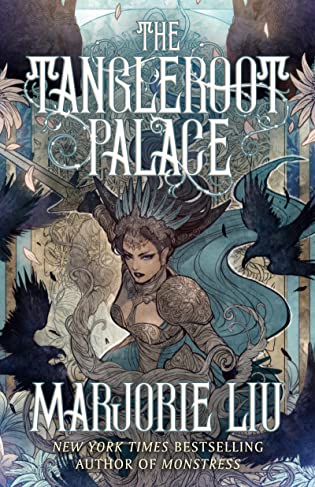 The Tangleroot Palace: Stories by
The Tangleroot Palace: Stories by 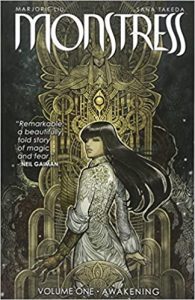 I picked this up not for her multiple award-winning
I picked this up not for her multiple award-winning 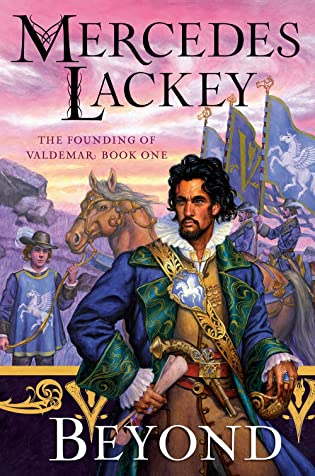 Beyond (The Founding of Valdemar #1) by
Beyond (The Founding of Valdemar #1) by 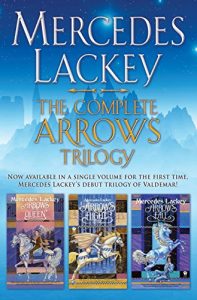 I read what became the first book in the very long running
I read what became the first book in the very long running 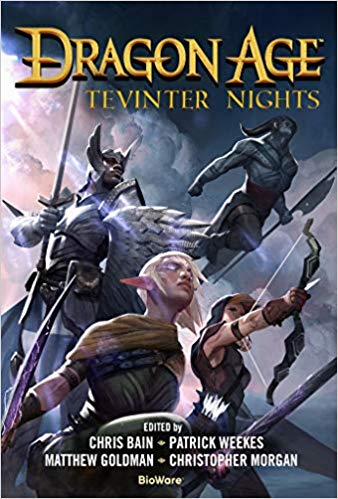 Dragon Age: Tevinter Nights by
Dragon Age: Tevinter Nights by 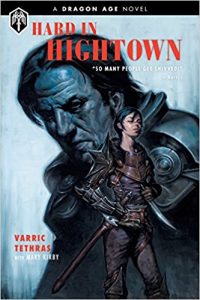 And the stories themselves, well, if you’re familiar with where they’re coming from, the collection is a rollicking good time. Maybe not all of the stories are quite worthy of a Tethras (
And the stories themselves, well, if you’re familiar with where they’re coming from, the collection is a rollicking good time. Maybe not all of the stories are quite worthy of a Tethras ( Pets in Space® 4 by
Pets in Space® 4 by  The Eagle Has Landed: 50 Years of Lunar Science Fiction by
The Eagle Has Landed: 50 Years of Lunar Science Fiction by 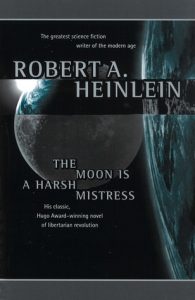 Another possibility thrown out was that Heinlein’s classic, and at the time relatively recent
Another possibility thrown out was that Heinlein’s classic, and at the time relatively recent 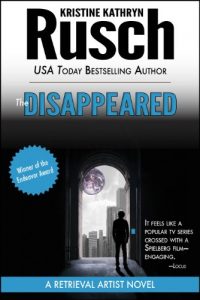 I loved SeniorSource because it reminded me so much of the author’s
I loved SeniorSource because it reminded me so much of the author’s 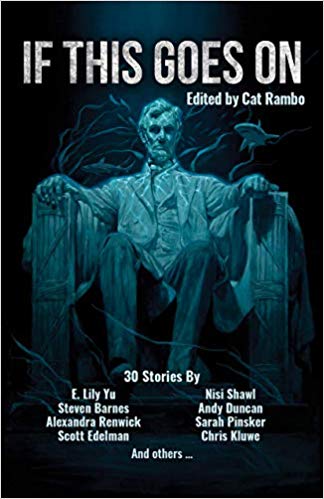 If This Goes On by
If This Goes On by